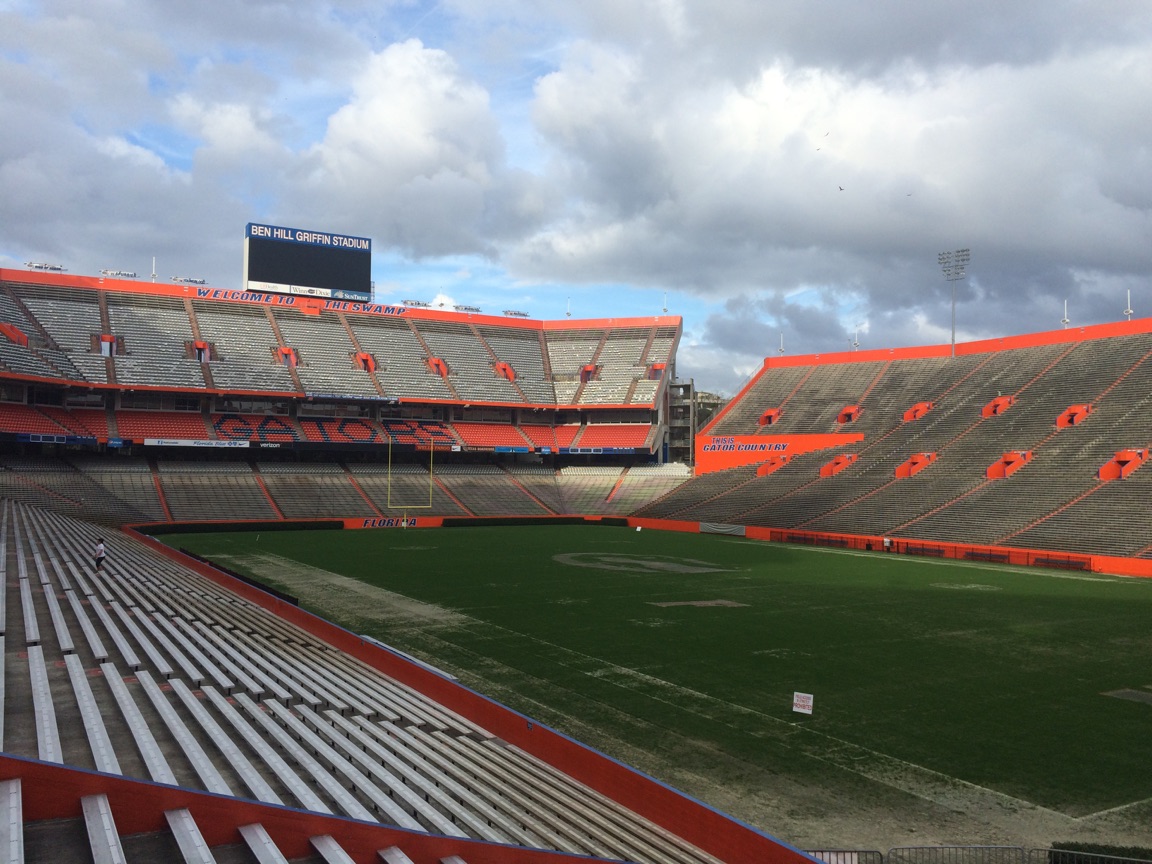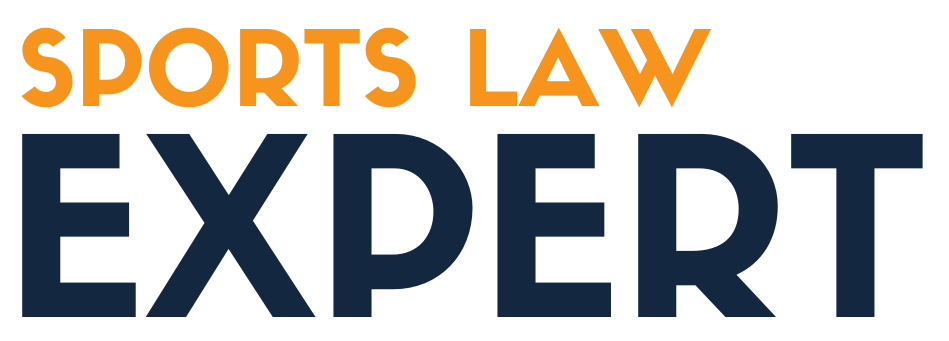NCAA’S REGULATIONS ATTEMPT TO RESTRICT STATE LAW: THE NEW NIL BATTLEGROUND

By: Christina Stylianou & Gregg E. Clifton, Of Lewis Brisbois
Despite numerous recent legal losses, the NCAA has asserted its intention to enforce its rules and crackdown on alleged NIL violations committed by its member schools. In another article earlier this month, we discussed recent trends regarding state legislation that has already been introduced or become law (Arkansas, Oklahoma, Missouri, New York, Texas, and Colorado). These laws not only legalize certain NIL activities that are currently prohibited by NCAA rules, but also, in certain states, actively prohibit NCAA action. Specifically, limiting investigation into these activities and creating causes of action against the NCAA if they investigate such activity or attempt to enforce these crackdowns on university athletic programs in direct opposition to state directives. While states have been increasingly enacting more permissive NIL laws to circumvent NCAA prohibited activities, this legislative trend takes this strategy one step further by formally restricting the NCAA from regulating state level activity and punishing schools for following state law.
In response to this recent wave of state initiatives, the NCAA has released a memo to its member schools, clarifying its NIL policies. The memo begins by asserting that:
“The [NCAA] has been clear and maintains that schools must adhere to NCAA legislation (or policy) when it conflicts with permissive state laws. In other words, if a state law permits certain institutional action and NCAA legislation prohibits the same action, institutions must follow NCAA legislation.”
The memo then utilizes a question and answer format to largely take aim at entities affiliated with member institutions, essentially clamping down on collective and booster activity, including collectives operating as 501(c)(3) charitable organizations. The NCAA also attempts to distance the relationship between each university and its student-athletes with respect to institutional support and assistance for student-athletes in navigating NIL deals. Further, the memo directly addresses recent California legislation, which authorizes revenue-sharing among institutions and their student-athletes. Specifically, the memo provides:
- Member schools may not use NIL transactions to compensate student-athletes for athletics participation or achievement or as an improper inducement to attend. This includes any entity that is “so closely aligned with an institution that it is viewed as an extension of the university.” The memo holds that universities are accountable for any such entities, as they meet the NCAA’s definition of a booster, even if the entity is formed as a separate 501(c)(3).
- Boosters or collections of boosters may not engage in recruiting activities with prospective student-athletes, including recruiting conversations.
- Member schools may not provide assets (e.g., tickets, suite access, club seating) to donors as an incentive for providing funds to an NIL entity.
- Individuals or entities may not make NIL compensation contingent upon enrollment at a particular school or upon residency in a certain location.
- It is impermissible for student-athletes to receive compensation directly or indirectly for participating in an athletics competition. This includes payment by event operators, event sponsors, and institutional opponents to an NIL entity, including collectives.
- Institutions may not provide direct compensation to student-athletes related to NIL activities.
- Institutions may not share revenue with student-athletes.
- Athletics department staff members (or entities acting on behalf of the athletics department) may not represent enrolled student-athletes for NIL deals, which would include securing and negotiating deals on behalf of the student-athlete.
Perhaps most critically, on the subject of state laws that prohibit the NCAA from enforcing its rules against its voluntary membership, the memo asserts that:
“NCAA rules are adopted by member schools. It is not fair to those schools who follow the rules to not enforce rules against those who choose not to do so. Schools who do not like the application of a particular rule should work through the NCAA governance process to change the [Association’s] rule. Unless and until the membership changes a particular rule, all schools, as part of a voluntary membership, are required to comply.”
The potential conflict with the NCAA seems inevitable as Texas A & M Athletic Director Ross Bjork has defiantly stated, “ The state law is going to govern how we do business…the state law will reign.
It is important to note that, despite the NCAA’s stance, it is not legal for the NCAA to use its regulations to preempt state law under the American legal system. Despite this enforcement limitation, it is unclear at this time how the NCAA intends to enforce its legal position. For instance, the NCAA could attempt to have the state laws invalidated and rendered unenforceable by filing a federal action against the relevant universities under the Contract Clause and under the Commerce Clause, alleging that the new state laws place a burden on interstate commerce. The NCAA successfully used this argument in NCAA v. Miller in 1993. However, given the present judicial climate with respect to NCAA regulation enforcement, it is not clear if such a challenge could be successful. Alternatively, the NCAA could attempt to enforce its position against the relevant institutions with its internal rule enforcement mechanisms and allow the fallout to ensue using it to try and force the potential expulsion of the school from its organization or as evidence to further assist its lobbying efforts to encourage Congress to move forward with preemptive federal legislation.
Whatever the NCAA’s intent and strategy might be with respect to the enforcement of new restrictions regarding state NIL laws, the Association may have simply created a more tangled legal web for itself. If the NCAA chooses to act on its stated position against any one of the states at issue, the NCAA might simply expose itself to legal backlash from the affected institutions and risk the continuation of the trend of unfavorable judicial findings. At best (for the Association), the NCAA policies could be found to be void and ineffectual in those states or the NCAA may be enjoined from enforcing these rules in the applicable jurisdiction. At worst, the NCAA could be subject to damages or penalties, depending on how the states intend to enforce their new laws. For states that have created permissive rights, but did not impose prohibitions on the NCAA’s NIL regulation and enforcement, it would seem that universities in those states are simply bound by NCAA policy without recourse.
At this time, the NCAA does not yet appear to have commenced any investigation or formal enforcement actions against university athletic programs in the states that have already legalized many of the above activities and/or prohibited the NCAA from investigating these activities or enforcing prohibitions of them, even though the NCAA maintains that it has always taken the position clarified in its memo. How vigorously the NCAA intends to uphold the content of the memo remains to be seen. Should it choose to act on this stance, however, it will certainly be interesting to see how the affected states, universities and impacted student-athletes respond and how they envision their new laws coming to life.
